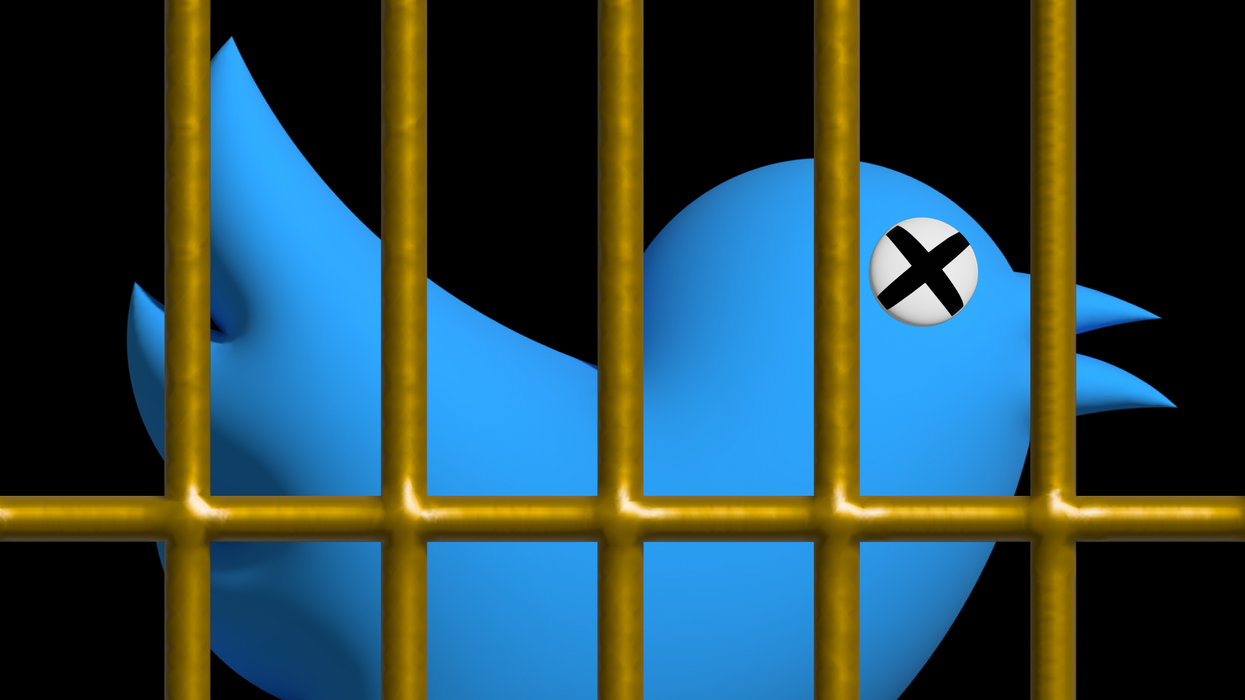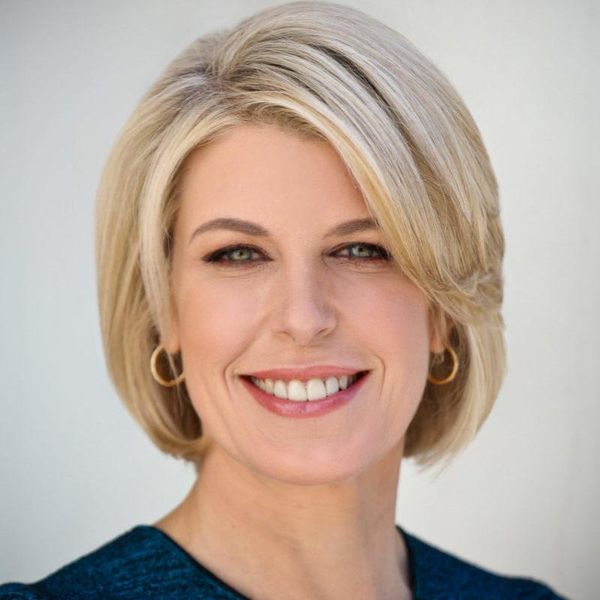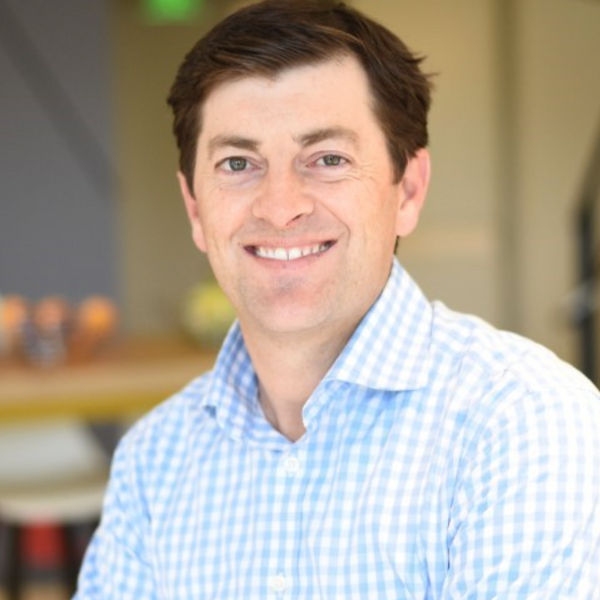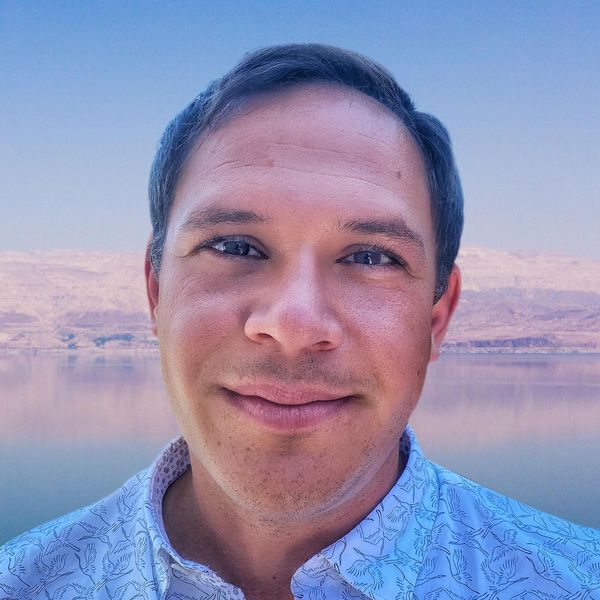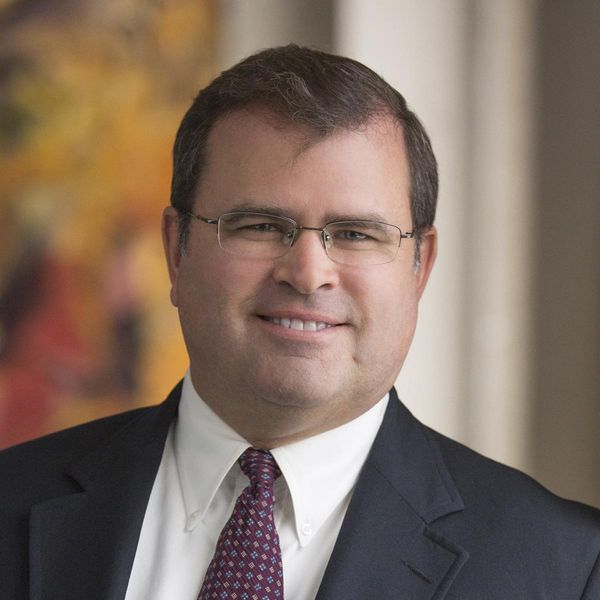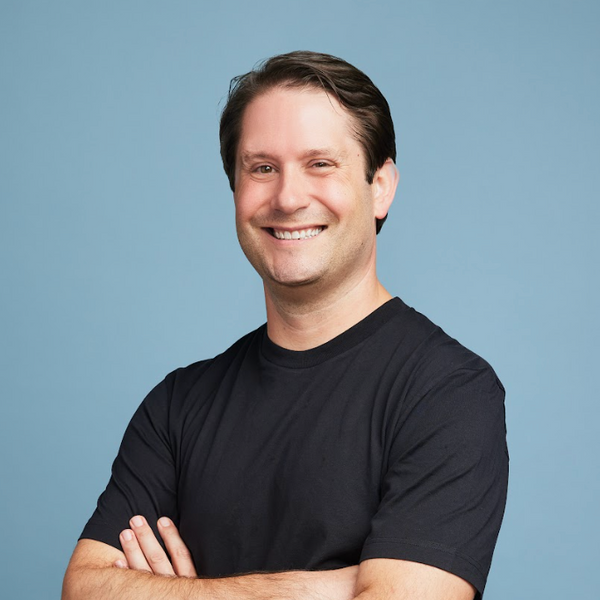Scrolling through Twitter is very meta right now as many of the posts are about the platform itself. Since Elon Musk bought the damn thing after a monthslong showdown, all hell has broken loose. Musk has actively pushed out or pushed the majority of Twitter’s top executives to resignation, laid off half of the staff (and then asked some to return ), and paused a paid verification feature he forced engineering teams to launch after the site, predictably, became ripe with impersonators.
Musk tried desperately to get out of the deal but succumbed after legal pressures . Now he seems to have fully committed himself to making the most out of the $44 billion dollar deal, sink in hand . Musk continues to tweet cryptic messages about the future of moderation and deplatforming and has called for broader “free speech” on Twitter, which many people worry could include hate speech, misinformation, calls for violence, and other harmful content on the site. While bare-bones moderation could be bad for users and democracy, advertisers hate it , and it's money from advertisers (and not the current or future paying subscribers) that keeps the lights on. Musk addressed advertisers directly on Twitter on Oct. 27, attempting to assure them he means well.
But so far, Musk's assurances havcen't done enough to convince companies like General Motors and Pfizer, which have already left , at least temporarily. Major ad agencies like Omnicom Media Group recommended pausing advertising posts on Twitter. In recent weeks, Twitter Blue subscribers have wreaked havoc by impersonating brands and celebrities with their newly minted check marks.
As for the future of Twitter internally, Musk has created a leaner, meaner team, achieved through layoffs and a voluntary Twitter exodus .
We want to keep you in-the-know on all the chaos unfolding at the bird site. This page will update as the news keeps rolling in. Maybe someday cycle will stop, but unfortunately the Musk-Twitter saga has burrowed into the collective tech brain for seven months now. So no promises.
Nov. 12
Platformer's Casey Newton reported that Twitter has let go of around 4,400 of its 5,500 contractors in the U.S. and abroad, affecting people working in content moderation, real estate, marketing and other departments. Apparently, they received no notification from managers and simply lost access to Slack and email.
Nov. 11
Twitter temporarily paused Twitter Blue subscriptions to address the rise in impersonation and misinformation on the platform, The Washington Post reported .
Nov. 10
Musk sent an email to Twitter employees late Wednesday night ending the remote work benefit and ordering everyone to return to the office the next day. He also emphasized Twitter’s financial vulnerability. An attorney on the company’s privacy team told employees in the company’s New York City office Slack channel they didn't think that anyone is obligated to return to office — especially not on short notice — as the mandate represented a fundamental change to their employment contracts, according to screenshots reviewed by Protocol. The attorney also encouraged employees to use Twitter's unlimited PTO policy to take the day off.
The attorney’s Slack message revealed that Twitter's CISO, chief privacy officer, and chief compliance officer also all resigned from the company late Wednesday. Former CISO Lea Kissner and former CPO Damien Kieran confirmed their departures from the company on Twitter the following day.
Head of trust and safety Yoel Roth and head of sales Robin Wheeler were reported to be leaving the company, according to an employee Protocol spoke with and other media reports. Wheeler later tweeted "I'm still here, " indicating she was still employed at Twitter.
The New York Times reported that human resources leader Kathleen Pacini also resigned.
Elon Musk sent an email to Twitter employees Thursday night emphasizing that Twitter will do “whatever it takes” to adhere to the Federal Trade Commission’s consent decree. The consent decree requires Twitter to consider and document the risks of potential products before launch, have a senior leader or team of senior leaders who are personally accountable for making security decisions, and have a senior officer who certifies compliance with the FTC annually.
Protocol has confirmed the identity of the attorney who said the legal department will have to “shift the burden to engineers” to self-certify compliance with FTC requirements. The Verge spoke to another employee familiar with the matter.
The email, which was reviewed by Protocol, addresses earlier claims from an attorney on Twitter’s privacy team that because of tight product deadlines, legal may have to “shift the burden to engineers” to self-certify compliance with FTC requirements.
The attorney had sent an internal Slack message , reviewed by Protocol, on Thursday morning claiming to have heard Alex Spiro, Twitter’s current head of legal, say “Elon puts rockets into space, he’s not afraid of the FTC.” The attorney urged employees to call Twitter’s Ethics Helpline or reach out to Whistleblower Aid if they’re asked to do anything they’re uncomfortable with. Protocol was not able to confirm that any engineers had actually been asked to “self-certify” legal compliance, and Spiro did not respond to Protocol’s request for comment.
Musk rebutted the statements on Thursday night, saying “anything employees read to the contrary is absolutely false.” Spiro also sent an email saying that Twitter, not an individual employee, would be liable if the company were not in compliance with the FTC. “We spoke to the FTC today about our continuing obligations and have a constructive ongoing dialogue,” he wrote.
Nov. 7
Musk encouraged "independent-minded" American voters to vote for a Republican Congress because the president is a Democrat. "Shared power curbs the worst excesses of both parties," he wrote.
Nov. 6
Twitter told some laid-off employees, "wait, never mind!" According to Bloomberg and Casey Newton of Platformer , Twitter reached out to dozens of laid-off employees and asked them return.
The New York Times reported that Twitter will not give blue check marks to members of its $7.99/month subscription plan until after the U.S. midterm elections. The company had announced the new feature as part of a Twitter app update: "Blue checkmark: Power to the people: Your account will get a blue checkmark, just like the celebrities, companies, and politicians you already follow."
Nov. 4
Thursday night, a companywide email went out to employees instructing them not to go to the offices on Friday. Some employees who expected the cuts to come Friday were surprised to see themselves locked out of company accounts earlier than expected. “Has it already started? Happy layoff eve!” tweeted Rumman Chowdhury, who led Twitter’s META team focused on ethical AI, the entirety of which appeared to be dismantled in the layoffs, according to tweets from members of the team.
According to a copy of the companywide memo obtained by Insider, the email said cuts were necessary “in an effort to place Twitter on a healthy path.”
Former Twitter employees set up a Twitter list to help laid-off workers transition.
🫡 Yep, the team is gone. The team that was researching and pushing for algorithmic transparency and algorithmic choice. The team that was studying algorithmic amplification. The team that was inventing and building ethical AI tooling and methodologies. All that is gone.
— Joan Deitchman (@JoanDeitchman) November 4, 2022
Nov. 2
Twitter canceled its developer conference , Chirp, which was slated to take place in San Francisco on Nov. 16. “We’re currently hard at work to make Twitter better for everyone, including developers!” Twitter’s dev account tweeted.
Musk planned to cut half of Twitter’s workforce, roughly 3,700 jobs, starting Friday, Bloomberg reported . Twitter’s laid-off employees will face a brutal job market, with tech companies imposing hiring freezes and layoffs left and right. Employees told The Washington Post they’ve received no official communications about any of the changes inside Twitter, relying instead on news reports, Musk’s tweets, and Blind.
Nov. 1
More execs announced their departures , like ad sales chief Sarah Personette and Chief People and Diversity Officer Dalana Brand. Given Musk’s need to appease advertisers, the resignation of Personette was particularly significant given her role as the company’s top ad executive. (And she apparently resigned the day after tweeting that she had “had a great discussion” with Musk, that Twitter’s “commitment to brand safety for advertisers remains unchanged,” and that she was “Looking forward to the future!”)
Musk suggested an $8/month Twitter subscription plan that would include verification, priority in replies, mentions and search, ability to post long video and audio, and half the ads. He said it will “destroy the bots” and “give Twitter a revenue stream to reward creators.”
Musk continued to tweet memes , even though Jason Calacanis is the company’s “Chief Meme Officer,” according to his recently updated Twitter bio .
Oct. 31
Musk wanted to bring back Vine. Is Periscope next?
Weekend, Oct. 29 and 30
Responding to a tweet from Hillary Clinton, Musk linked to an opinion article on Sunday from the Santa Monica Observer containing misinformation about Paul Pelosi. He deleted it hours later.
Musk’s inner circle and the remaining Twitter executives met to discuss content moderation and laying off 25% of Twitter’s workforce, The Washington Post reported . All departments will be impacted, but especially sales, product, engineering, legal, and trust and safety, according to The Post.
The Musk-Twitter brain trust appeared to include longtime allies Jason Calacanis, VC, and David Sacks, political donor and founding chief operating officer of PayPal. Musk’s additional helpers include his personal lawyer, Alex Spiro, and Andreessen Horowitz partner Sriram Krishnan . Musk brought in talent from his other companies as well, apparently asking Tesla engineers to check out Twitter’s code and consulting with his relative and a Neuralink engineer Andrew Musk as well as Jehn Balajadia, COO of The Boring Company.
Musk wanted Twitter to charge $20 per month for verification, The Verge reported . He tweeted on Sunday that “The whole verification process is being revamped right now.” Calacanis recently asked his followers how much they would pay for a blue check mark. As of Oct. 31, the answer is overwhelmingly nothing.The plan is to change premium subscription Twitter Blue into a more expensive service that also verifies users. Musk apparently told employees to figure out how to implement the feature by Nov. 7 or he will fire them.
Interesting
— Elon Musk (@elonmusk) October 31, 2022
Thursday, Oct. 27 and Friday, Oct. 28
Musk completed his Twitter purchase on Oct. 27.
He promptly fired CEO Parag Agrawal, CFO Ned Segal, Sean Edgett, general counsel, and Vijaya Gadde, head of legal, policy, trust, and safety. He dissolved the board of directors. Twitter filed to pull its shares from the public market.
Musk tweeted that Twitter will form a moderation council with “widely diverse viewpoints.” “No major content decisions or account reinstatements will happen before that council convenes,” he wrote.
Engineers were told to print out their last 30 to 60 days of code to review with Musk, then told to shred it, Platformer reported .
General Motors, a Tesla rival, temporarily halted paid advertising on Twitter. “We are engaging with Twitter to understand the direction of the platform under their new ownership,” GM told CNBC.
This story is developing.
Correction: An earlier version of this story misstated Dalana Brand's title. This story was updated on Nov. 1, 2022.
